Chalk feeding cabbage

Chalk allows you to deoxidize the soil. Cabbage is necessary if nitrogen-phosphorus starvation begins. It is quite simple to recognize the problem - the leaves turn yellow and wither, the heads are not tied at all, the yield drops. It is very easy to prepare and use chalk fertilizer. You just need to take precautions so as not to harm the cabbage even more.
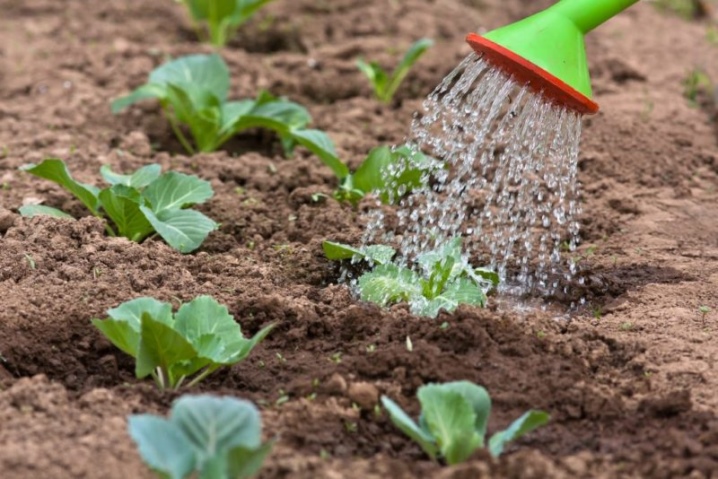
Peculiarities
Gardeners every season add a variety of fertilizers, organics and minerals to the soil. All this gradually makes the soil acidic. Cabbage grows poorly in such conditions, does not form ovaries. You can eliminate acidity with a simple chalk. A soft natural substance has a good effect on the condition of the soil and the cabbage itself.
After the procedure, the culture begins to grow more actively, the heads of cabbage become larger and tighter. It should be noted that acidic soil provokes the development of keels. Such a fungal disease can destroy the entire cabbage crop. That is why it is very important to deacidify the earth. There are different types of chalk.
-
Natural. It is always present in the composition of the soil. It contains a lot of minerals. The composition is oversaturated, so it is not worth using it in field work.
-
Technical. Designed specifically for construction needs. The composition contains chemicals that harm the earth and plants.
-
Garden. This species is best suited for enriching the soil and changing acidity levels. Chalk is made in a limestone synthesis process. The composition is balanced, has various micro and macro elements.
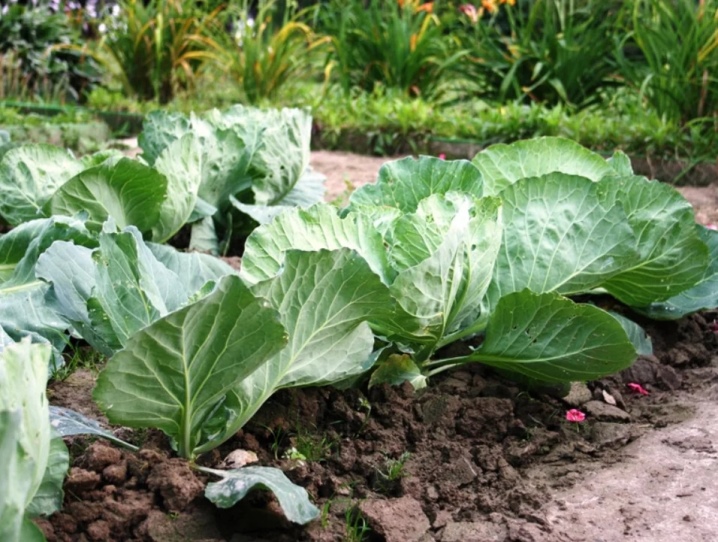
Neutralization of acidity is possible due to the large amount of silicon, calcium, magnesium. In this case, chalk is softer than lime. And also the substance is able to loosen heavy soil types. When using chalk, the structure of the soil improves, moisture passes better.
After introducing the chalky composition into the soil, the substance immediately reacts with the acidic earth. As a result, the acidity level returns to normal. The chalk remains in the ground further, but only in a passive state. If suddenly the acidity rises again, then the substance is activated again.
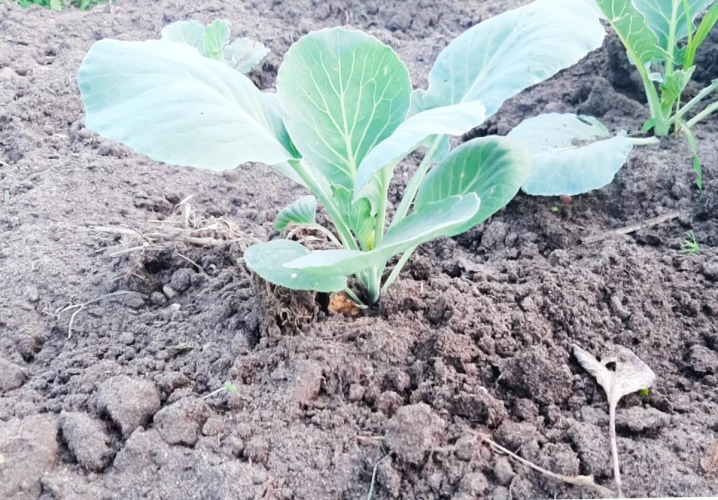
It is best to make such a top dressing in the fall or spring. In summer, you can do this if you need to grow heads on cabbage. At the same time, mixtures prepared according to different recipes are used in each season. Let's list the main advantages of chalk.
-
You can buy garden chalk at a very affordable price.
-
The material is completely natural. Environmentally friendly chalk is harmless.
-
It is not difficult to find a substance, it is very affordable.
-
Chalk begins to act immediately after being introduced into the soil or after an increase in acidity.
-
The substance does more than just improve the condition of the soil. It additionally saturates the earth with various mineral elements.
-
The use of chalk improves the natural immunity of cabbage. She better resists pests such as bear, wireworm.
Chalk feeding cabbage has no obvious drawbacks. Preparing the substance is quite troublesome, the pieces must be crushed. You can store chalk only in a dry place. There is a great risk that with prolonged lying, the substance will collapse into lumps. In this case, you will have to break it again.
How to cook?
A folk remedy allows you to make a substance for tying heads of cabbage. You just need to dissolve 2 tbsp. l. in 5 liters of water. Such a simple chalk solution is used at a time when ovaries do not appear on the cabbage. Such fertilization improves the condition of the soil and the plant itself.
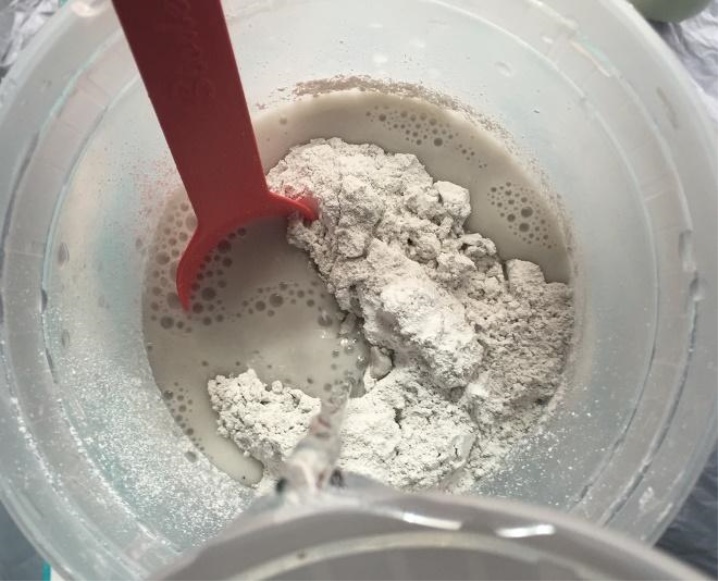
Fertilizer for fast growth is prepared with the addition of grass. The greens can be replaced if necessary. A solution with urea also manifests itself effectively, but water will be required 1 liter more. According to the same recipe, you can make a composition with ash instead of chalk.
First you need to make an infusion.
-
Soak any herb in a barrel. Plants must be free of rhizomes and seeds. It is forbidden to use field bindweed, it is toxic.
-
Pour greens with warm water. Add literally a pinch of dry yeast, urea or saltpeter. These components accelerate fermentation. The composition with urea is considered the most beneficial for cabbage.
-
Close the lid, but not tightly. Expose the barrel to the sun and stir frequently.
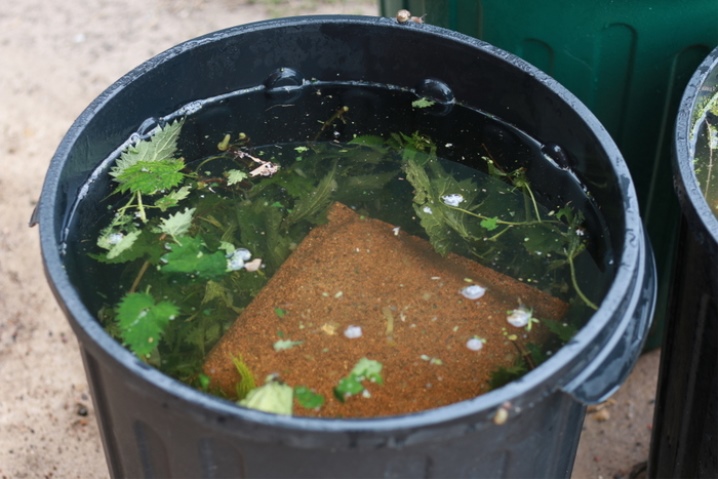
So the tincture should stand for 1-2 weeks. You should focus on the fermentation process. After preparing the green component, you can proceed to the fertilization itself. The process is simple:
-
prepare 1 liter of tincture, 250 g of crushed chalk, 9 liters of water;
-
pour the liquid into the watering can, add the green component and stir;
-
pour chalk into the liquid, bring to homogeneity.
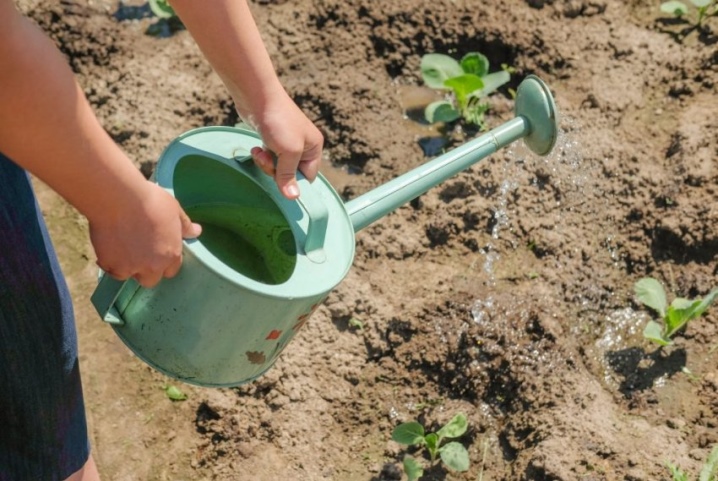
If desired, you can prepare a lot of fertilizer immediately in a bucket. The concentrated infusion should be diluted immediately before watering, taking into account the number of cabbage bushes. The main thing is to observe proportions. If there is an excess of chalk, problems will arise.
How to use?
Outdoor cabbage processing can be carried out immediately after planting. A simple chalk solution should be watered the ground under the plant 2-3 times with a break of 10 days. Pre-moisten the soil. You can feed the solution with herbs 2 times with a break of 2 weeks. It is easy to fertilize correctly - you need to pour 1 liter of solution under each head of cabbage.
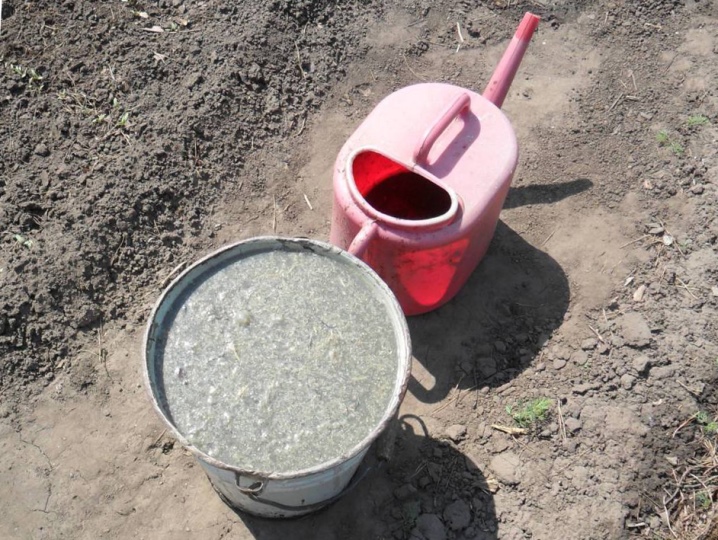
Precautionary measures
Chalk can be used all year round, but excess calcium will depress the root system, so you need to act wisely. In the spring, you can sprinkle the powder 14 days before planting the cabbage. In summer, chalk is used before and during the pouring of the heads. In the fall, you can sprinkle again before digging. At the same time, 500-700 g per 1 m2 will be needed for acidic soil, at an average level - 400 g per 1 m2, with weak acidity - 200 g per 1 m2.
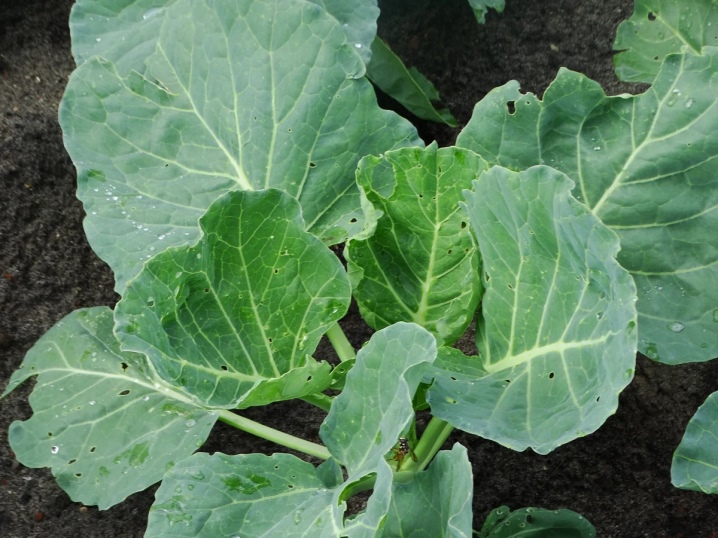
How to feed cabbage with chalk, see the video.













The comment was sent successfully.